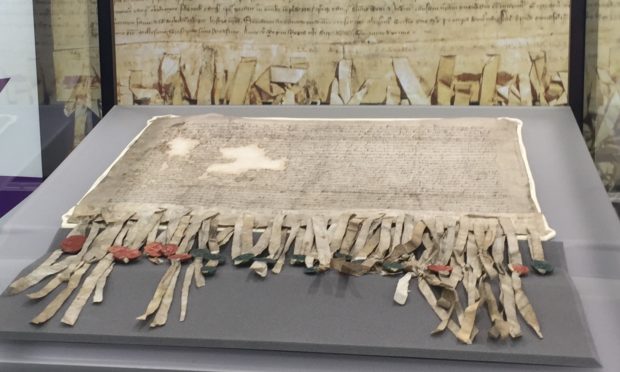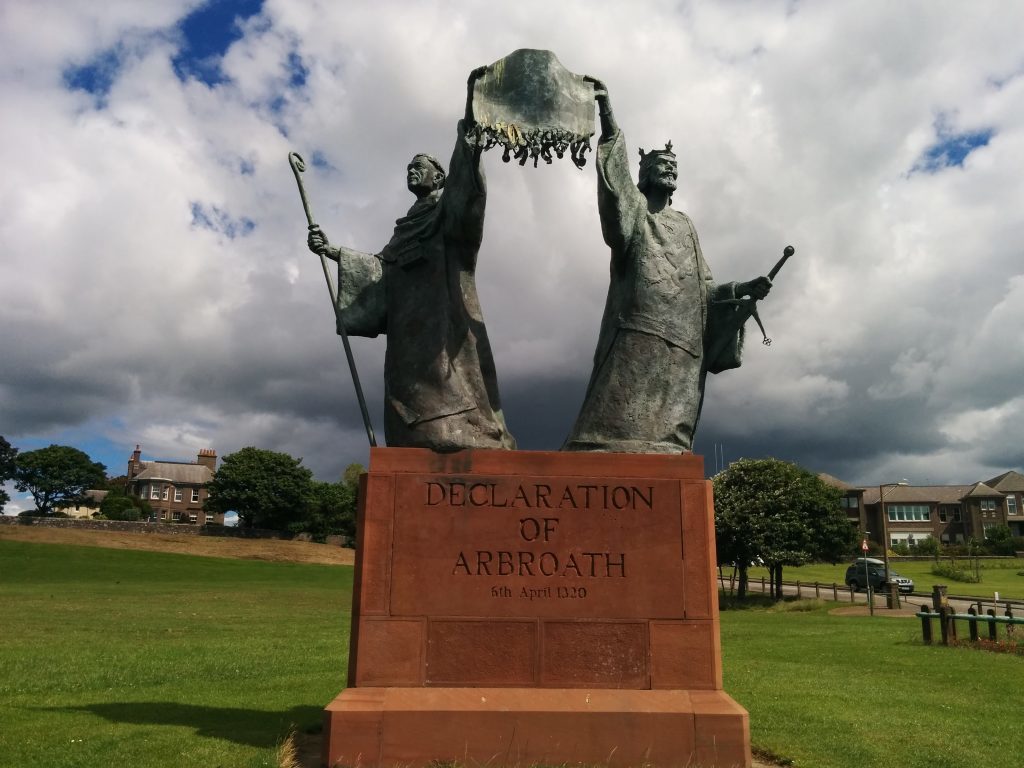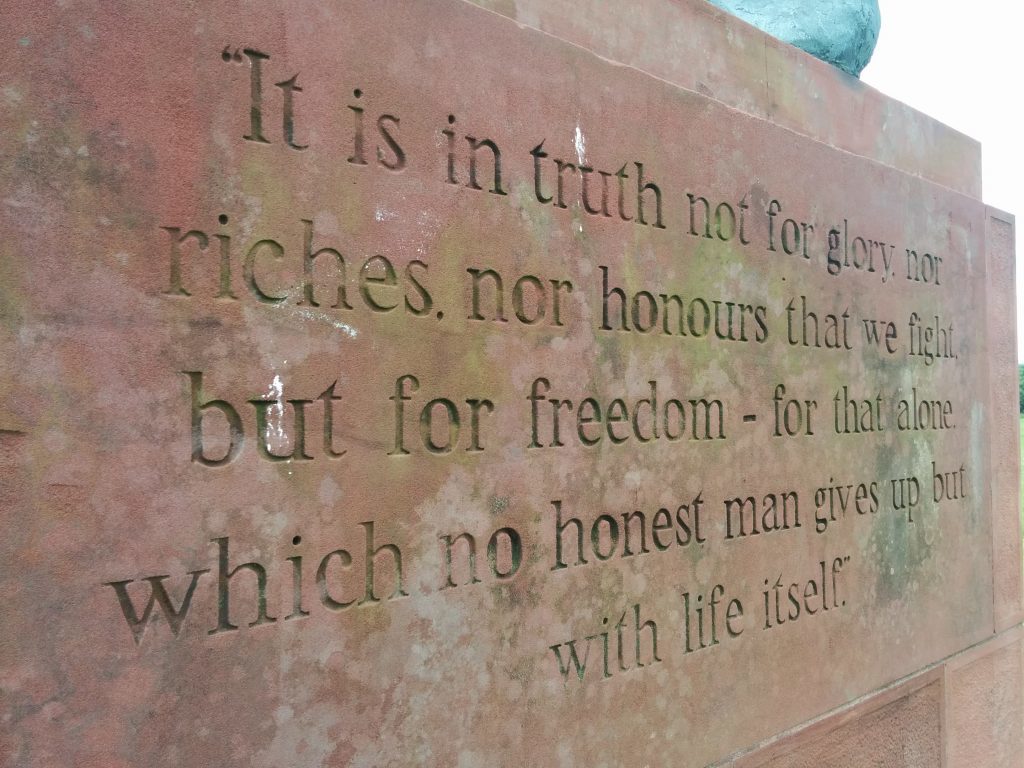A 700-year-old declaration of Scottish independence has been recognised by a world heritage body for its international significance.
The Declaration of Arbroath, a letter from Scottish barons to the Pope in 1320 pledging their resistance to English rule, has been awarded special status in the Unesco Memory of The World Register.
Scottish Culture, Tourism and External Affairs Secretary Fiona Hyslop, who has campaigned for Scottish independence throughout her political career, said she was moved to inspect the document which has been preserved under lock and key for over a decade.
She said the Declaration’s “clarion call… may well be important in years to come”, as she prepares to defend Scotland’s place in Europe following the UK decision to leave the European Union against the wishes of Scottish voters.
Elizabeth Oxborrow-Cowan, chair of the UK Committee at the Unesco Memory of the World Programme, said the timing of the Declaration’s recognition – at a time of UK and European upheaval and the day after American Independence Day – was “a complete coincidence”.
Ms Hyslop told the Press Association: “The Declaration of Arbroath is the most iconic document we have in Scotland – it has inspired people throughout the generations – and to see it recognised globally by Unesco is really important.
“It was an international appeal for recognition to the Pope at the time, but it resonates throughout the generations.
“It’s a real privilege to stand before a document that is so fragile and very rarely seen in public.
“On a personal level it is very moving to see a document that has meant so much to so many people, and to supporters of independence for so many generations.”
She added: “That message and clarion call that brings together a nation to declare something internationally is something that was important in 1320, and may well be important in the years to come.”
Some historians believe the Declaration of Arbroath inspired the American Declaration of Independence, which was introduced on July 4 1776 and is commemorated every year as American Independence Day.
Ms Hyslop said: “Three years ago on American Independence Day I gave a speech on independence at Philadelphia Hall.
“There were so many Scots who signed the American Declaration who, through their education, would have known of the Declaration of Arbroath and some of the wording in this declaration appears again in the American Declaration.”
Ms Oxborrow-Cowan said: “There is no doubt that its declaration of nationhood, of restraining the powers of a monarch and its demands for freedom, are themes that have resonated through the ages.
“This is a document that has a significance far beyond what its creators could have imagined.”
She said of the timing of the recognition: “We have a two-year programme with various processes, and we have to wait for the documents to be publicly announced so this is one of a series of documents being announced this year.
“To be truthful, the nature of the subject of the document is such that you couldn’t have found a period in the last 700 years when it wouldn’t have been without some public interest.”


